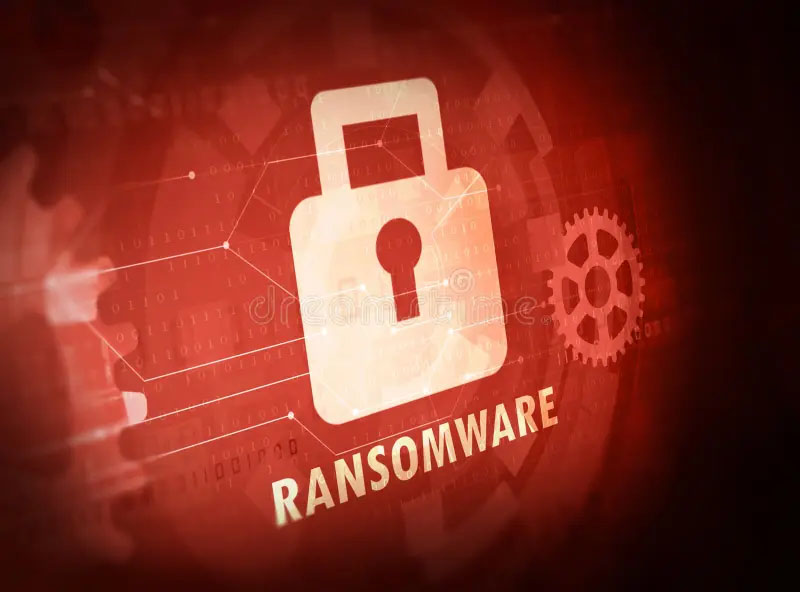The Emergence and History of NotPetya
NotPetya, one of the most destructive cyberattacks in history, emerged in June 2017, leaving a trail of chaos across the globe. Initially mistaken for a variant of the Petya ransomware first seen in 2016, NotPetya was later identified by cybersecurity experts, including Kaspersky Lab, as a distinct and far more dangerous malware due to its unique destructive capabilities. Unlike traditional ransomware, which encrypts files to extort money, NotPetya was designed as a “wiper,” rendering data recovery impossible even if victims paid the ransom. Its primary goal was disruption, not financial gain, marking it as a weapon of cyberwarfare rather than a typical cybercrime tool.
The attack began on June 27, 2017, primarily targeting Ukraine, where it crippled critical infrastructure, including banks, airports, energy companies, and even the radiation monitoring system at the Chernobyl Nuclear Power Plant. The malware spread through a compromised update of M.E.Doc, a widely used Ukrainian tax accounting software, exploiting a backdoor that had been present since at least April 2017. This supply-chain attack allowed NotPetya to infiltrate systems automatically, without user interaction, by leveraging vulnerabilities like EternalBlue, a leaked exploit developed by the U.S. National Security Agency (NSA), and Mimikatz, a tool that steals Windows credentials from system memory.
From Ukraine, NotPetya rapidly spread to over 2,300 organizations in more than 100 countries, causing an estimated $10 billion in damages. Major corporations like Maersk, Merck, Mondelez, and FedEx’s TNT Express suffered massive losses, with Maersk alone reporting $250–300 million in damages due to paralyzed global shipping operations. The attack’s scale was unprecedented, with 80% of infections concentrated in Ukraine, followed by Germany at 9%. Security researchers and governments, including the U.S., U.K., and others, attributed the attack to the Russian government, specifically the Sandworm hacking group within the GRU, suggesting a politically motivated assault aimed at destabilizing Ukraine amid ongoing geopolitical tensions.
NotPetya’s technical sophistication set it apart. It encrypted the Master File Table (MFT) and, in some cases, entire hard disks, while modifying the Master Boot Record (MBR) to prevent systems from booting. Unlike typical ransomware, its ransom demands were a facade—randomly generated Bitcoin addresses and a disabled email contact ensured no decryption was possible. This destructive nature, combined with its ability to propagate across networks using EternalBlue and stolen credentials, made NotPetya a global wake-up call for cybersecurity vulnerabilities.
The Global Impact and Lessons Learned
The NotPetya attack exposed critical weaknesses in global cybersecurity. Many organizations had failed to apply Microsoft’s March 2017 patch for the EternalBlue vulnerability (MS17-010), highlighting the dangers of delayed updates due to concerns over downtime or compatibility. The attack also underscored the risks of supply-chain vulnerabilities, as a single compromised software update devastated entire networks. Companies like Maersk, which relied on M.E.Doc in its Ukraine office, faced near-total operational shutdowns, with recovery efforts requiring weeks of rebuilding from backups—sometimes from obscure sources, like a lone unaffected server in Ghana.
The attack sparked debates on cyber insurance, with companies like Mondelez facing claim denials from insurers like Zurich, who argued NotPetya was an “act of war” exempt from coverage. This legal battle, settled confidentially in 2022, highlighted the need for clearer insurance policies in the face of state-sponsored cyberattacks. NotPetya also emphasized the importance of network segmentation, regular backups, and employee training to prevent phishing and other entry points for malware.
A Personal Initiative to Protect Mauritius
As a concerned technologist in Mauritius, I have witnessed the global devastation caused by NotPetya and recognize that Mauritius, while not yet a primary target, is not immune to such threats. With increasing digitization across our financial, tourism, and logistics sectors, the risk of ransomware attacks grows. Inspired to act, I have launched a personal initiative to develop an antivirus solution specifically tailored for companies in Mauritius to combat sophisticated threats like NotPetya.
This antivirus, which I plan to release into the public domain in the near future, focuses on proactive detection and prevention. It incorporates real-time scanning to identify malicious payloads, robust firewall configurations to block unauthorized network access, and specific countermeasures for exploits like EternalBlue and credential-theft tools like Mimikatz. By creating read-only files such as “perfc” or “perfc.dat” in the Windows directory, the solution aims to block NotPetya’s execution, as recommended by cybersecurity experts. Additionally, it emphasizes user education to recognize phishing emails and suspicious attachments, which remain common infection vectors.
My goal is to empower Mauritian businesses, particularly small and medium enterprises, to safeguard their operations without relying on costly proprietary software. By releasing this antivirus in the public domain, I aim to foster a culture of shared cybersecurity responsibility, ensuring that even resource-constrained organizations can protect themselves against global threats like NotPetya.
Looking Forward
The NotPetya attack of 2017 remains a stark reminder of the destructive potential of state-sponsored cyberweapons. Its history, from a targeted assault on Ukraine to a global catastrophe, underscores the need for vigilance, timely patching, and robust cybersecurity practices. In Mauritius, my initiative to develop and freely distribute an antivirus solution is a small but meaningful step toward building resilience against such threats. As cyberattacks grow in sophistication, collective action and accessible tools will be key to protecting our digital future.


